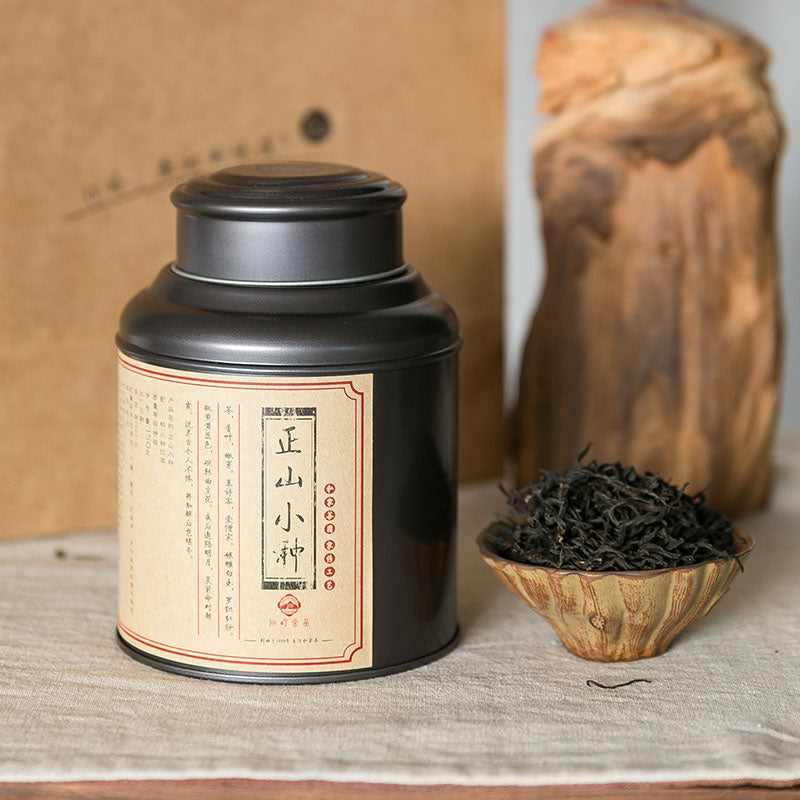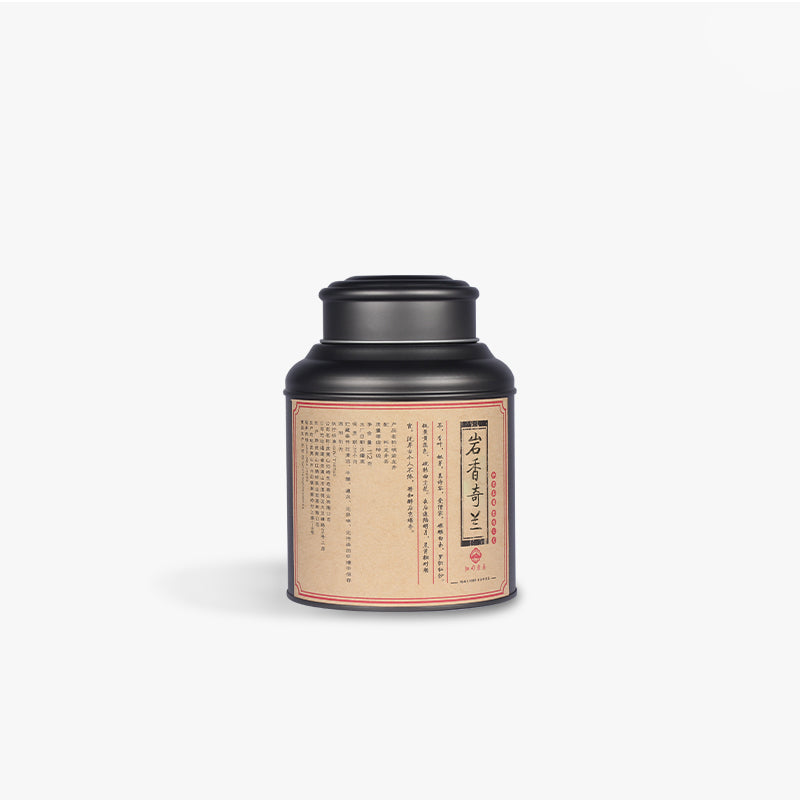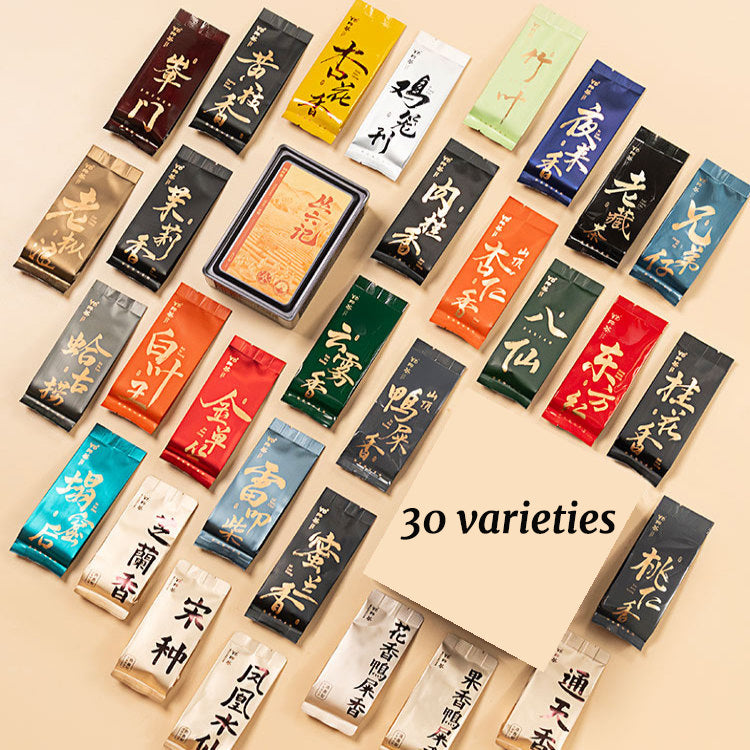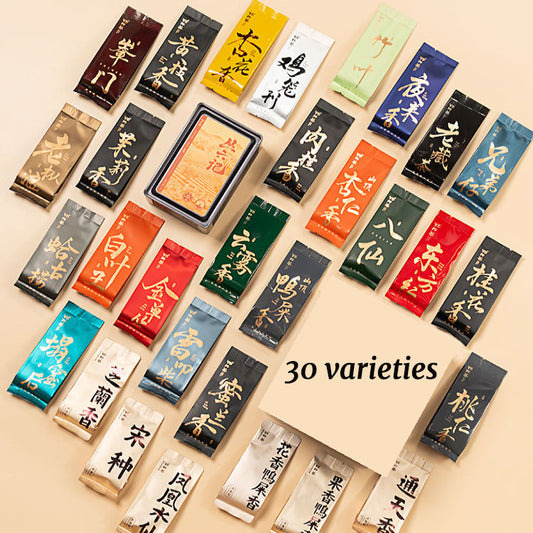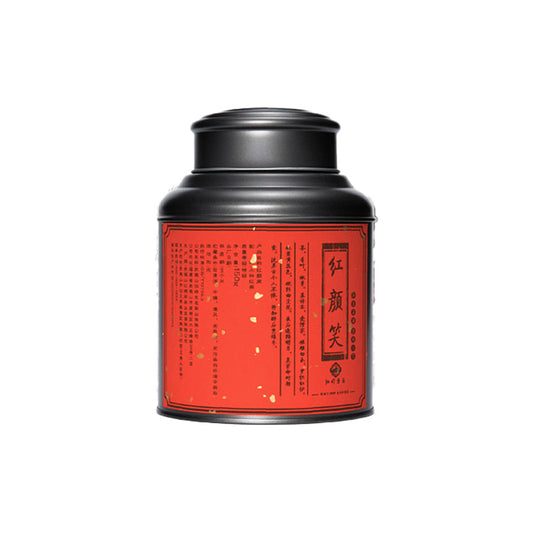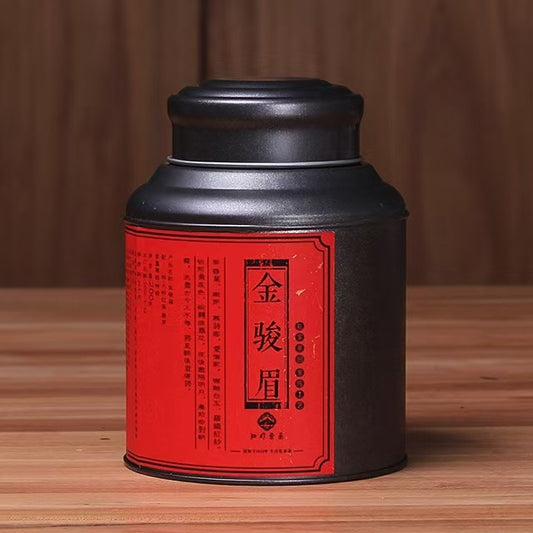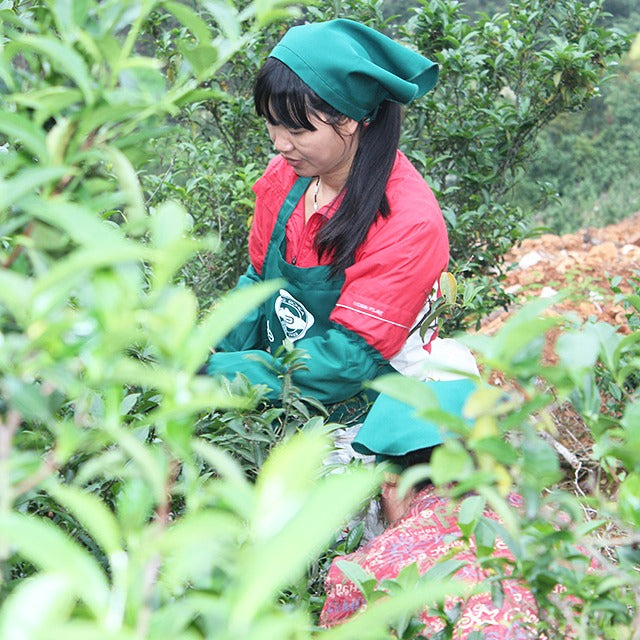Boiling Tea A Journey Through Heat and History
Boiling Tea A Journey Through Heat and History
If you’ve ever boiled tea, you might think of it as a simple task: water, heat, leaves. Yet, boiling tea is steeped in historical significance and cultural nuances that transform this everyday activity into a ritual of connection and tradition.
The concept of boiling tea can be traced back to ancient China, where it all began. Legend has it that Emperor Shen Nong, renowned for his pharmacological experiments, discovered tea as he was boiling water in 2737 BCE. Some tea leaves from a nearby branch drifted into his pot, creating a fragrant brew that intrigued the emperor. While this charming tale may blend history with myth, it underscores how boiling tea was, quite literally, the original method of tea preparation.
In many parts of Asia, especially in Tibet and Mongolia, boiling remains an essential part of tea culture. Tibetan butter tea, or "po cha," is a prime example where tea is boiled with yak butter and salt, creating a hearty brew to withstand the harsh climate. Similarly, in Mongolia, brick tea is often boiled and combined with milk and fat, highlighting how boiling can adapt tea to the local lifestyle and environment.
For modern tea enthusiasts, boiling tea can seem unconventional, especially if you’re accustomed to Western brewing methods like steeping in hot water. But let’s pause here: boiling isn’t just a high-heat indiscretion. Properly done, it unlocks a different spectrum of flavors and provides a unique texture, something you might miss if you’ve only ever steeped leaves.
Consider the Chinese tea ceremony, where the skill of the tea master is celebrated. Here, boiling takes on an art form. The water is brought to a boil, carefully cooled, and then poured over tea leaves, often multiple times. This method, known as "gong fu cha," emphasizes control and precision, showcasing how boiling can still respect the delicate nature of high-quality leaves.
But what if your quest is to brew green tea, a variety that is notoriously sensitive to heat? The answer lies in understanding the distinction between boiling and scalding. While scalding can destroy the subtle notes of green tea, a controlled boil can bring out vibrant flavors when managed carefully. Allow the water to reach a rolling boil, then let it sit for a moment before introducing your green leaves — a simple dance of timing and heat that respects tradition while embracing contemporary tastes.
The narrative of boiling tea is not about dismissing the delicate touch of steeping but about appreciating a technique with historical depth and cultural significance. Through boiling, we’re reminded of tea's ability to connect us across time and geography, inviting us to explore not just what tea is but what it can become in different hands.
Next time you prepare tea, I invite you to consider the boiling method as an adventure in tradition. It’s an act that can be both simple and transcendent, for every bubble rising to the surface carries with it centuries of exploration and discovery. So why not let the kettle sing, and see where the steam takes you?

